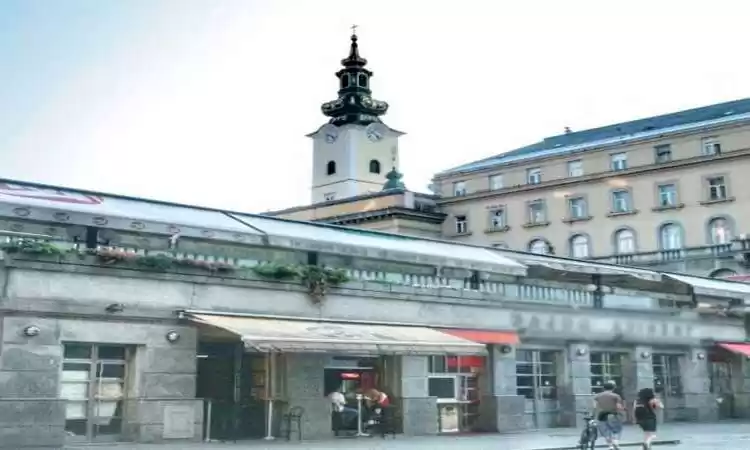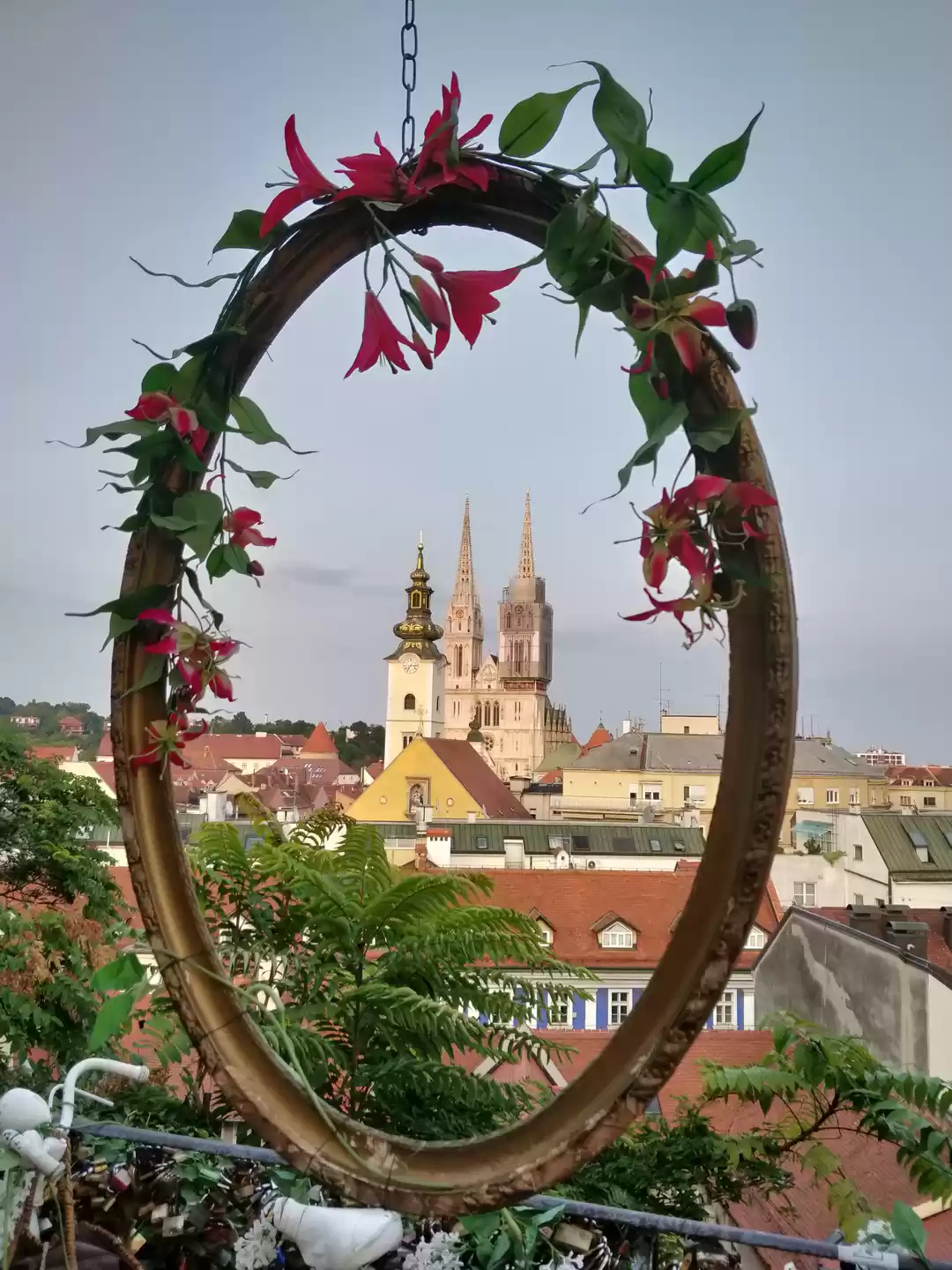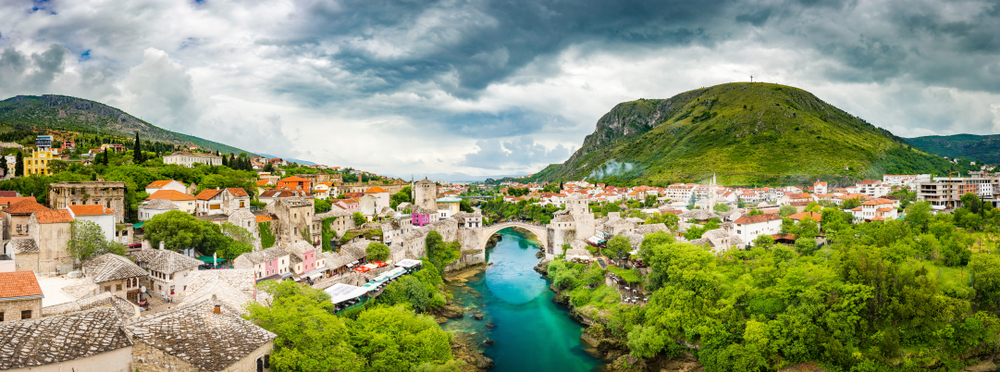








The capital of Croatia is often overlooked because of the Adriatic coastline towns and various Islands, but very few know that this city has as much to see as others. The political & cultural focus of the nation, Zagreb has many fine sites, happening nightlife, theatres, museums, galleries and what not. One of the best parts was the fact that we only spent two days here and did not venture far from the centre. Still every time we kept discovering new pockets. All I could do here is grab a beer at a roadside cafe, and people watch if not anything.
Zagreb is also called a city of museums as there are more of them per square foot than any other city in the world. The city is divided into three parts: the thousand-year-old Gornji Grad (Upper Town) which has the Presidential Palace, the iconic St Mark’s Church, the Croatian Parliament, museums and galleries; the 19th century Donji grad (Lower Town) is full of shops, restaurants, cafes, theatres and parks; and Novi Zagreb (‘new Zagreb’). Since the city is compact, walking is the best way to discover the city.
Here're the few things to see & do in Zagreb-
Attractions-
Zagreb Funicular–
Just 66 metres in length, it is one of the shortest funicular railway in the world which has operated since 1888. It takes one from lower town to the Upper town from where one can see the most beautiful views of the city.
Museum of Broken Relationships– One of the weirdest museums in the world. There are cards and photos to a wedding dress and what not. And each one has a story attached to it.
St. Mark’s Church-
One of the most famous sights in Zagreb, St Mark’s Church has a beautiful tiled roof featuring the coat of arms of Croatia, Dalmatia, and Slavonia. The church was constructed in the 13th century.
Stone Gate– While walking towards the upper town and one will come to the one of the only surviving original town gates from the 13th century. It is said that this gate, and its painting of the Virgin Mary, miraculously escaped the great fire of 1731 and for this reason is a place of pilgrimage too.
Zagreb Cathedral- Although parts of the cathedral date from the 13th century (and after), it was very badly damaged in an earthquake in 1880. Most of the structure, including its spires, dates from the late 19th/early 20th centuries.
Ben Jelacic Square- Everyone starts their Zagreb tour from here. Marked with the statue of Ben Jelacic, who defeated the Hungarians in an uprising in 1848. There’s also a plethora of cafes in the square, shopping areas around and a small flower market nearby.
Besides these, there are lots of museums, galleries, and theatres which one can visit. To fall in love with Zagreb, walk around Zagreb. Aimless walking will take you off the beaten path passing various farmer's market, shopping streets, ending up at local cafes and eateries.
Accommodations – Accommodations in Zagreb are pretty reasonable, I recommend Airbnb since they offer incredible value and comfortable. This will help you stay without splashing a lot and maintain your budget.
Transportation – Zagreb is very well-connected to the rest of the country. Train routes in Croatia aren’t as extensive as bus routes, but Zagreb is the most connected city of all. Inside Zagreb walking is the best way to get around. There are trams and buses too, but the city can be easily explored on foot.
Eat and drink – The city is full of cafes. The Tkalčićeva street is the best place to eat, drink and people watch. We frequented O Pub or Ojuska Pub on this street.
Overall Zagreb is a nice, walkable city with some interesting attractions and a lovely central area. We had a great time walking and exploring Zagreb. The buzzing capital city of Croatia, certainly has enough to keep you busy, ranging from elegant restaurants to fascinating museums.
This trip was originally published on CHASING THE EXPERIENCE



















